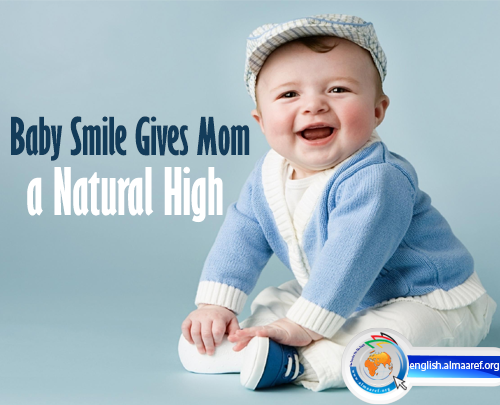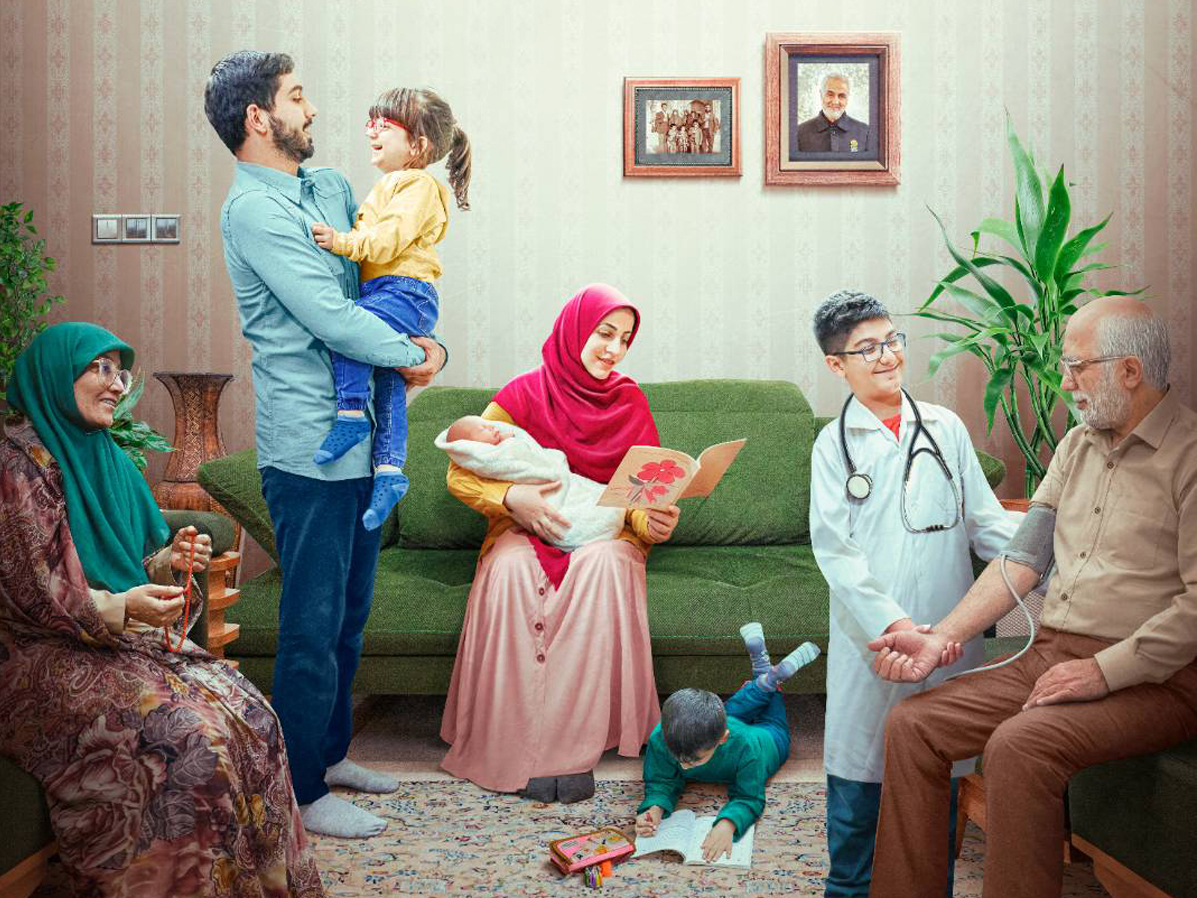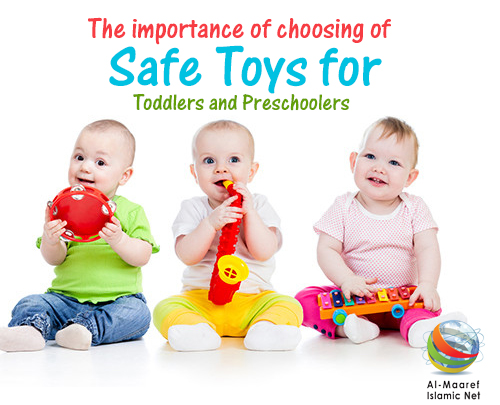A baby’s smile does more than warm a mother’s heart -- it also lights up the
reward centers of her brain, according to the results of a brain imaging study.
The finding, investigators say, could go a long way in helping researchers
dissect the unique bond between mother and infant and how it sometimes goes
wrong.
"The relationship between mothers and infants is critical for child
development," Dr. Lane Strathearn, of the human neuroimaging laboratory at
Baylor College of Medicine, Houston noted in a statement.
"For whatever reason, in some cases, that relationship doesn’t develop normally.
Neglect and abuse can result, with devastating effects on a child’s
development," Strathearn explained.
Strathearn and colleagues used Magnetic Resonance Imaging (MRI) to scan the
brains of 28 first-time mothers of 5- to 10-month-old infants while they looked
at photos of their own babies and other infants.
In some of the photos babies were smiling or happy. In others, the infants were
sad and in some they had neutral expressions.
The investigators found that when the mothers saw their own infants’ faces, key
areas of the brain associated with reward lit up during the scans, suggesting
increased blood flow to that area.
The areas stimulated by the sight of their own babies were those involved in
thinking, movement, behavior and emotion.
"These are areas that have been activated in other experiments associated with
drug addiction," said Strathearn.
"It may be that seeing your own baby’s smiling face is like a ‘natural high,’"
the investigator added.
The strength of mom’s reaction depended on her baby’s facial expression. "The
strongest activation was with smiling faces," Strathearn said.
There was less effect from pictures of their babies with sad or neutral
expressions. "We were expecting a different reaction with sad faces," the
researcher explained.
In fact, the team found little difference in the reaction of the mothers’ brains
to their own babies’ crying face compared to that of an unknown child.
Overall, the mothers responded much more strongly to their own infants’ faces
than to those of an unknown baby.
"Understanding how a mother responds uniquely to her own infant, when smiling or
crying," Strathearn said, may be the first step in understanding the neural
basis of mother-infant attachment.




















